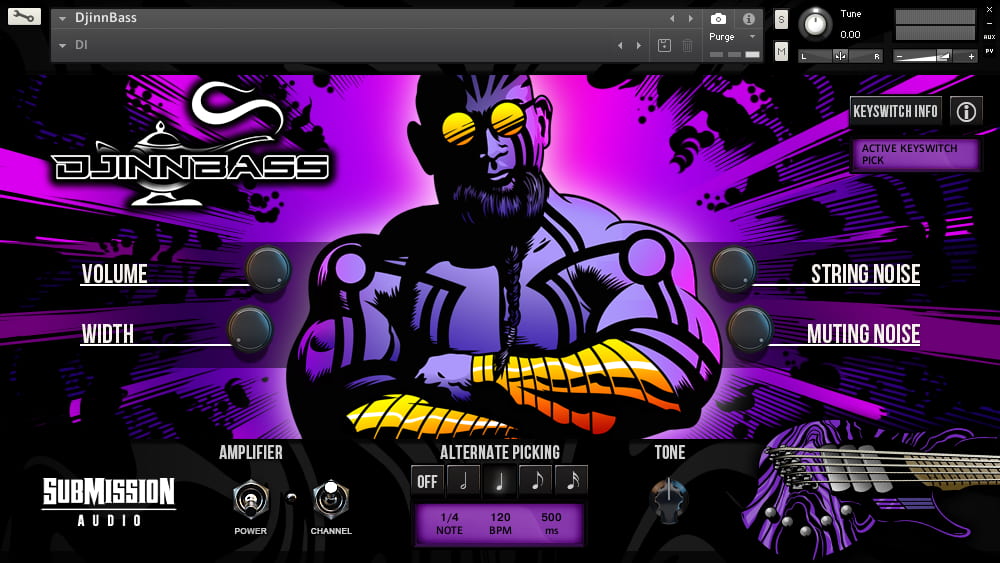I'm still trying to reverse engineer sounds from Mick Gordons Doom sountracks and I noticed some very punchy transients in the low frequencies that I thought must be impossible to bring out with just EQ and transient shapers etc.. I thought there must be something else going on, but I didn't know what to search for. "Tight bass" or "punchy bass" brings up all kinds of EDM tutorials but not what I was looking for. Then I remembered that "Enforcer" by Boom sounded similar and I watched the trailer again:
Very helpfully they described in a comment that it is a subharmonic kick drum synthesizer that detects transients and layers kick drums under it. And that makes total sense to me. I think I could do something like that with the tools that I have and get pretty close to the result that I want. I'll definitely experiment with this.
I have 2 questions left though:
a) If lets say I want to use those layered kicks to make a metal guitar riff have more punch, do I vary the pitch of the layered kicks with every note in sync with the riff (I could imagine that to sound rather goofy), or do I keep it at the frequency of the lowest open string, or do I pick a frequency that promises to deliver reliable bass punch on most playback systems? Afaik 50hz is the popular frequency for Kick drums, and I could imagine whether or not it makes sense to tune it to the lowest note/key of the riff depends on how far off that fequency is from 50hz.
b) Are there any other names of related techniques that I should be reading up on for this kind of stuff? I feel like I don't even know what to search for half the time.
Very helpfully they described in a comment that it is a subharmonic kick drum synthesizer that detects transients and layers kick drums under it. And that makes total sense to me. I think I could do something like that with the tools that I have and get pretty close to the result that I want. I'll definitely experiment with this.
I have 2 questions left though:
a) If lets say I want to use those layered kicks to make a metal guitar riff have more punch, do I vary the pitch of the layered kicks with every note in sync with the riff (I could imagine that to sound rather goofy), or do I keep it at the frequency of the lowest open string, or do I pick a frequency that promises to deliver reliable bass punch on most playback systems? Afaik 50hz is the popular frequency for Kick drums, and I could imagine whether or not it makes sense to tune it to the lowest note/key of the riff depends on how far off that fequency is from 50hz.
b) Are there any other names of related techniques that I should be reading up on for this kind of stuff? I feel like I don't even know what to search for half the time.



 .
. 

